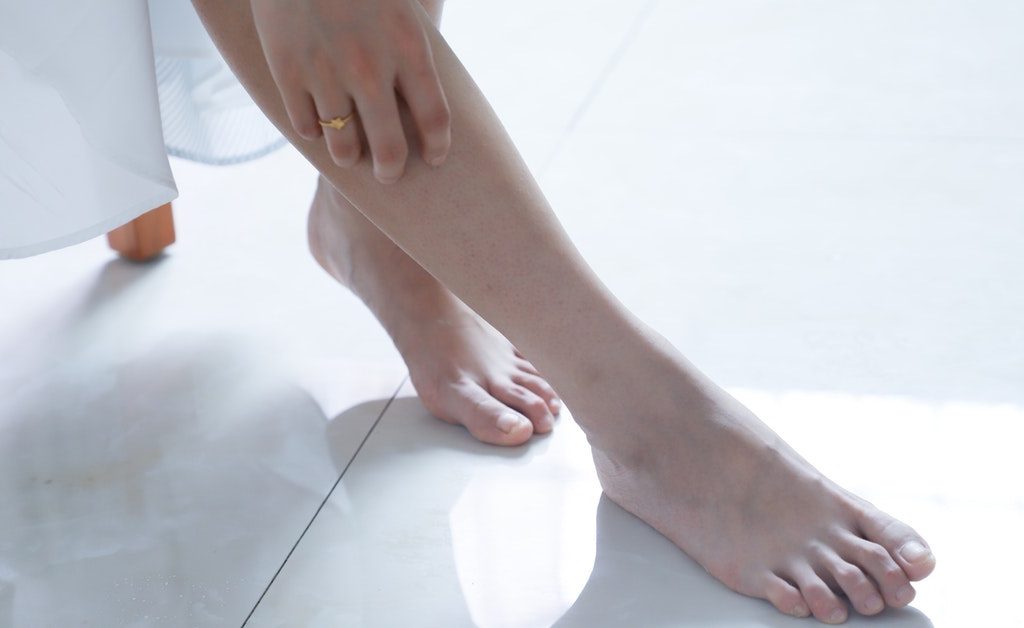If you or someone you care about is recovering from a stroke, keeping an eye on how your feet and ankles are resting, moving and feeling is critical. Here’s why.
On their recovery journey, many stroke survivors develop issues with movement, mobility and general positioning of their foot or ankle due to damage to parts of the brain that control specific muscles in the body. The impact that brain damage can have on muscle control is called spasticity, and it’s something that 30% of stroke survivors experience.
While spasticity may not be painful or even very noticeable in some cases, when left unaddressed, the foot or ankle can deviate over time from a normal functional position. The range of motion in the joints in the foot or ankle may diminish, and this can become increasingly difficult to correct. When range of motion is negatively impacted, risks associated with completing daily tasks can increase. If the foot is pointed downward and not able to raise properly during a step, it can cause difficulty walking and lead to dangerous slips and trips.
What Can Be Done?
A simple brace called an Ankle Foot Orthosis (AFO) can address lower limb issues following a stroke. This type of brace helps to hold the ankle and foot in their optimal position and apply a comfortable stretch to the joint to help counter the effects of how the stroke has impacted the muscle. That simple stretch prevents the joint from becoming tighter and losing any more range of motion.
How Do I Know If I Need A Brace?
The biggest clue that you might need an Ankle Foot Orthosis is if you are having trouble maintaining the position of your lower leg that is leading to difficulties in doing your daily activities. Tripping and difficulty with transfers might also indicate the need for a brace. Also, if you are already doing daily stretching or physiotherapy exercises and they don’t seem to be making a difference, this could signal that a brace might be beneficial.
A simple test to see if you may be experiencing a loss in range of motion is to sit with your feet pointed up to the ceiling. Using the muscles on the front of your leg, try to pull your toes further up. If your side affected by the stroke doesn’t move up as far as the non-affected side, you may be experiencing a loss in range of motion.
What Should I Do If I Think I Need A Brace?
PBO Group offers free first appointments, where one of the Certified Orthotists at our St. Catharines, Barrie, Owen Sound or Peterborough clinics will complete a full assessment to determine if a brace is the right solution for you. Book a complimentary appointment here.
How Much Will The Brace Cost?
Brace prices vary, but depending on the type required, your brace may be eligible for full coverage through your private insurance plan or up to 75% coverage through OHIP’s Assistive Devices Program. As part of your initial appointment, PBO Group staff will provide an estimate for the cost of the device to allow you to check with your insurance provider.
Can’t I Just Buy A Brace Online?
While there are braces available for purchase online, these off-the-shelf solutions aren’t always the right choice. The type of brace you need will really depend on your unique situation. In many cases, our staff may recommend an off-the-shelf brace but then use their expertise to ensure the proper adjustments are made to ensure it’s comfortable and providing the right support for your needs.
Read some of our other articles that have important information for stroke survivors:






